Summary | Excerpt | Reviews | Beyond the book | Read-Alikes | Genres & Themes | Author Bio

Old Filth has been acclaimed as Jane Gardam’s masterpiece, a book where life and art merge. And now that beautiful, haunting novel has been joined by a companion that also bursts with humor and wisdom: The Man in the Wooden Hat.
The New York Times called Sir Edward Feathers one of the most memorable characters in modern literature. A lyrical novel that recalls his fully lived life, Old Filth has been acclaimed as Jane Gardam’s masterpiece, a book where life and art merge. And now that beautiful, haunting novel has been joined by a companion that also bursts with humor and wisdom: The Man in the Wooden Hat.
Old Filth was Eddie’s story. The Man in the Wooden Hat is the history of his marriage told from the perspective of his wife, Betty, a character as vivid and enchanting as Filth himself.
They met in Hong Kong after the war. Betty had spent the duration in a Japanese internment camp. Filth was already a successful barrister, handsome, fast becoming rich, in need of a wife but unaccustomed to romance. A perfect English couple of the late 1940s.
As a portrait of a marriage, with all the bittersweet secrets and surprising fulfillment of the 50-year union of two remarkable people, the novel is a triumph. The Man in the Wooden Hat is fiction of a very high order from a great novelist working at the pinnacle of her considerable power. It will be read and loved and recommended by all the many thousands of readers who found its predecessor, Old Filth, so compelling and so thoroughly satisfying.
In this companion piece to the compelling and defiantly funny Old Filth, Gardam adds layers of nuance to the lives and relationships of Edward, known as Eddie, and Elizabeth (Betty) Feathers. While Old Filth is narrated primarily from Eddie's point of view, The Man in the Wooden Hat focuses more on Elizabeth, and cannily asks whether we can ever truly know anyone, even ourselves...continued
Full Review
(1051 words)
This review is available to non-members for a limited time. For full access,
become a member today.
(Reviewed by BookBrowse Review Team).
Although Elizabeth does not talk about her experience in a Japanese internment camp during World War II except to mention that her parents died there, its memory definitely colors her feelings about Hong Kong. While we do not know for sure, it seems likely that the camp she was interned in was the Stanley Civilian Camp - a non-segregated camp in the grounds of Stanley Prison and the neighboring secondary school, St Stephen's College, on the southern end of Hong Kong's main island. The camp was home to about 2500-2800 civilian men, women and children from January 1942 to August 1945 when the Japanese surrendered.
According to Kevin Blackburn in his book
Forgotten Captives in Japanese Occupied Asia, within the first six months of the ...
This "beyond the book" feature is available to non-members for a limited time. Join today for full access.

If you liked The Man in the Wooden Hat, try these:
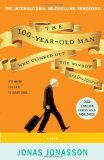
The 100-Year-Old Man Who Climbed Out the Window and Disappeared
by Jonas Jonasson
Published 2012
A reluctant centenarian much like Forrest Gump (if Gump were an explosives expert with a fondness for vodka) decides it’s not too late to start over...
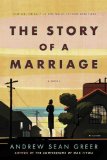
by Andrew Sean Greer
Published 2009
From the bestselling author of The Confessions of Max Tivoli, a love story full of secrets and astonishments set in 1950s San Francisco.
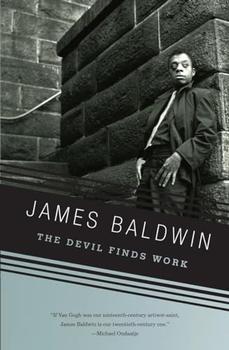
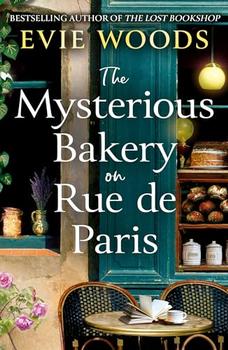
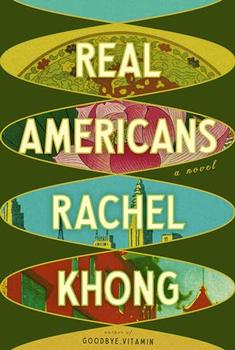
There are two kinds of light - the glow that illuminates, and the glare that obscures.
Click Here to find out who said this, as well as discovering other famous literary quotes!